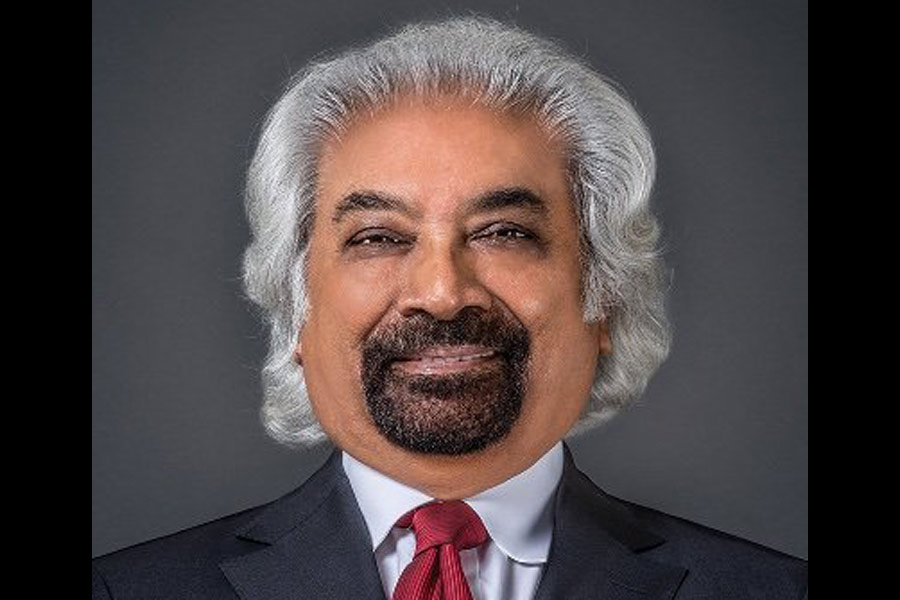A vast equatorial warm water pool spanning the eastern Indian and western Pacific oceans has nearly doubled in size, influencing cloud patterns and driving rainfall declines over parts of India, China and the US, scientists said on Wednesday.
The expansion of this Indo-Pacific warm pool — a region of the ocean where sea surface temperatures are 28°C or higher — has altered movements of equatorial cloud bands called the Madden Julian Oscillation (MJO) that influence weather events worldwide, the scientists said.
Climate scientist Roxy Mathew Koll at the Indian Institute of Tropical Meteorology (IITM), Pune, and his collaborators have found that the average area of the Indo-Pacific warm pool expanded from around 22 million square kilometres between 1900 and 1980 to 40 million square kilometres between 1981 and 2018.
Their study relying on ocean temperature records and cloud patterns is the first to suggest that ocean warming has changed the lifecycle of the MJO, or cloud bands that emerge over the Indian Ocean and move eastward to circle the globe. Their findings will be published in the journal Nature on Thursday.
“The MJO is among the most significant weather phenomena with impacts worldwide — the presence of its cloud bands or their absence interact with local weather, contributing to floods, dry spells, heat waves and severe tropical storms,” Koll said.
With the expansion of the Indo-Pacific warm pool, the period during which the MJO’s cloud bands hang over the eastern Indian Ocean has reduced by four days (from an average of 19 days to 15 days) and their period over the western Pacific has increased by five days (18 days to 23 days).
“This has altered weather patterns across the globe,” Koll said. “Over India, we expect the MJO changes to translate into reduced winter and spring rainfall over northern India and the Ganges basin.”
Koll said the overall impact of changes in the MJO on India need to be studied in greater detail. While they imply reduced winter and spring-time rainfall, he said, the summer monsoon accounts for around 80 per cent of the country’s annual rainfall.
The changes have also likely contributed to decreases in rainfall in China’s Yangtze river basin, parts of east Africa, and along the east and west coasts of the United States. Simultaneously, they have contributed to increased rainfall over Indonesia, northern Australia, western Pacific, the Amazon basin and southwest Africa, the scientists said.
They said a drought in California during 2013-14 and floods in parts of Southeast Asia, east Africa and Brazil during 2011 could have been the result of the observed changes in the MJO lifecycle.
“As they circle the globe, the MJO’s cloud bands stay a bit longer over the Indo-Pacific warm pool, drawing in moisture and energy from the ocean — and this can influence weather in distant places,” said Koll who worked with scientists in India, Japan and the US.
Climate simulations indicate that the Indo-Pacific warm pool will continue to expand in the coming years. It is currently increasing by 400,000sqkm — or about the area of the state of California — every year.
“The MJO is one of the most important keys to the success of international efforts now under way to extend the range of accurate weather forecasts out to lead times of two to four weeks,” said Michael McPhaden, a senior scientist at the US National Oceanic and Atmospheric Administration, and study team member.
“Our results provide a critical benchmark to determine which computer models to trust for extended range weather forecasting, based on their ability to simulate the observed behaviour of the MJO in a changing climate.”
The other team members are Panini Dasgupta at the IITM, Chidong Zhang at the NOAA, Tamaki Suematsu at the University of Tokyo, and Daehyun Kim at the University of Washington.










